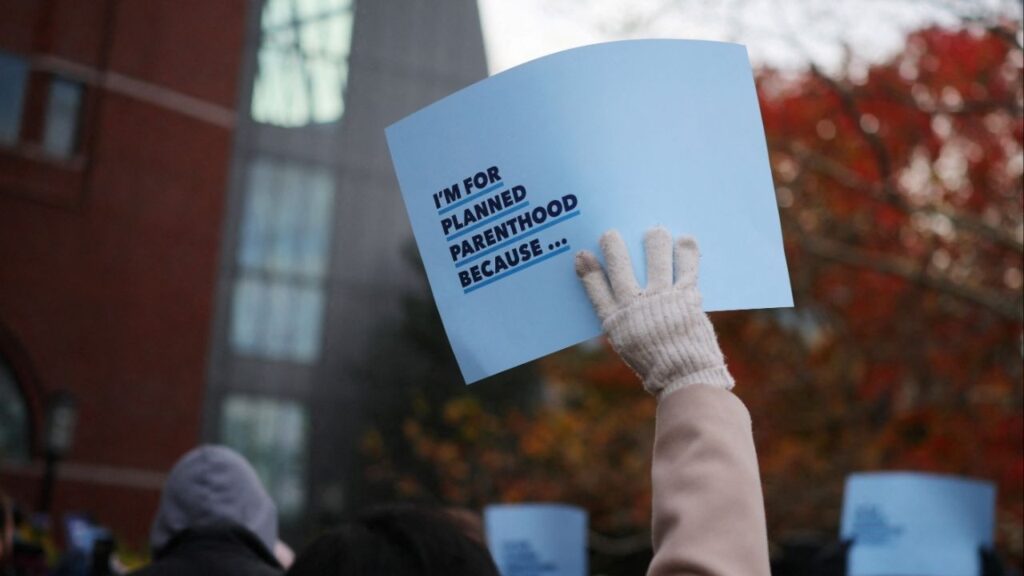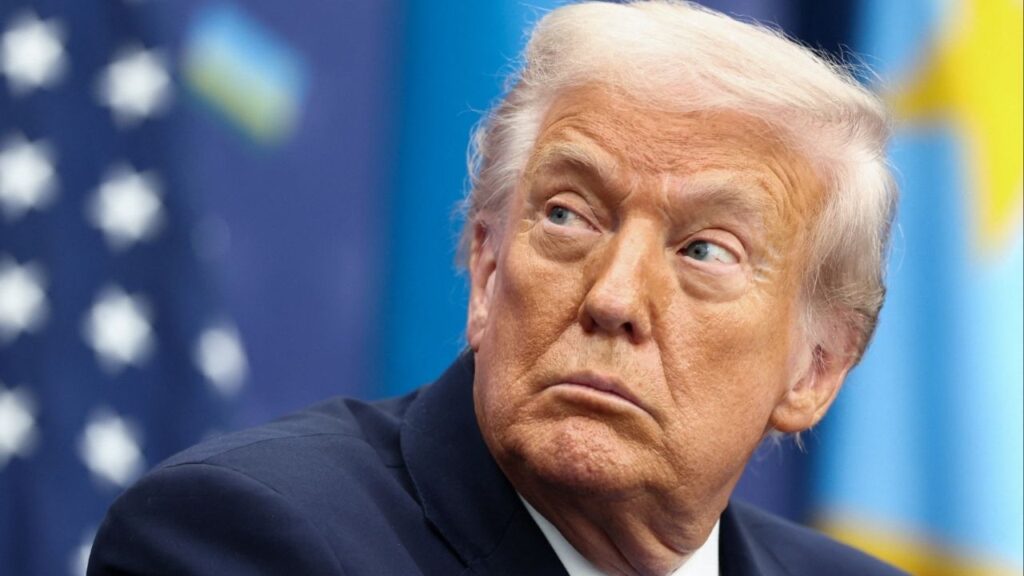Share
Though some counties are experiencing dry conditions, a statewide emergency hasn’t yet been declared. Nevertheless, the media are reporting that California is at the “edge of another protracted drought,” or at least under the “threat” of one. And as always, the state is unprepared.

Kerry Jackson
Opinion
Officials’ Unwillingness to Prepare Beforehand
California is home to nearly 40 million. It’s the center of the technology universe. If it were its own country, its economy would be the fifth largest in the world. Yet it hasn’t solved its perpetual drought problem. Not because it’s irresolvable. Because officials won’t take the steps that are necessary.
“We need to pursue a policy of abundance, regardless of what Mother Nature throws our way,” says Steven Greenhut, a Pacific Research Institute fellow who recently wrote “Winning the Water Wars.”
“Instead,” Greenhut continues, “officials have squandered the time from the last drought. The fixes probably would cost less initially than the money squandered in the EDD scandal.”
The only way for California to step off the drought carousel is to, as Greenhut says, “build water infrastructure, approve desal plants, pursue water recycling, improve its pricing system and fix the Delta conveyance system.”
It’s unfortunate but true that the California political environment isn’t favorable to any of these alternatives. Projects that would keep water flowing have been routinely rejected, not for years or decades but nearly a half century.
Environmentalists Preventing New Water Infrastructure
“In the 1970s, coastal elites squelched California’s near-century-long commitment to building dams, reservoirs, and canals, even as the Golden State’s population ballooned,” writes Hoover Institution fellow and City Journal contributing editor Victor Davis Hanson.
“Not content with preventing construction of new water infrastructure,” he continues, “environmentalists reverse-engineered existing projects to divert precious water away from agriculture, privileging the needs of fish over the needs of people. Then they alleged that global warming, not their own foolish policies, had caused the current crisis.”
Those same environmentalists “and their political allies,” says Greenhut, are guilty of pursuing a “policy of scarcity, backed by state-imposed limits and edicts.” Proposed water-infrastructure projects therefore become cost prohibitive, or take decades to complete, due to the “many legal and regulatory hurdles” they encounter. “Litigation machines” disguised as environmental interests “gear up to stop or slow any water project,” says Greenhut, and have forced the state down a path that “will further erode Californians’ quality of life, undermine the farm economy that feeds the state and the nation, and exacerbate California’s highest-in-the-nation poverty rates.”
When supplies inevitably become tight, officials reflexively punish consumers. Already the Marin Municipal Water District has installed water-use restrictions, the first large agency in the Bay Area to do so. Come May 1, the 200,000 residents who live in the district will no longer be free to wash their automobiles, refill decorative fountains or recreational pools, power wash their homes and commercial buildings, water their lawns more than once a week, nor use potable water for “dust control, compaction, sewer flushing, (and) street cleaning.”
Less Government and More Capitalism
If Gov. Gavin Newsom weren’t facing a possible recall election, water-use restrictions would likely be dropped on the entire state. So far, he’s done no more than call a drought emergency in Northern California’s Russian River watershed. But should he survive the recall threat, he isn’t likely to hesitate to “clamp down” on consumers. It was recently reported “that he has executive orders drafted and ready to sign as needed.”
Most lawmakers and government officials in this bluest of states don’t want to hear it, but California’s water troubles are best addressed by less government and more capitalism. Absent government interference, markets provide consumers with the commodities they need for modern life, from food to transportation to housing and clothing, and they do it efficiently and cost-effectively. There’s no reason water can’t also be bought, sold, and delivered through similar mechanisms.
“Like every other resource, water is scarce and should be allocated so that it is employed in its highest valued use,” says UCLA economics professor and Hoover fellow Lee Ohanian. “A market – not government controls – is the best way to achieve efficient water allocation. And the fact that a competitive market has the potential to make everyone better off, compared to a system of government controls, is poorly understood by policymakers.”
The economic concepts Ohanian is referring to aren’t difficult to grasp. Even an elementary understanding of them would go a long way toward relieving California of its man-made droughts. But policymakers first have to overcome their bias toward government solutions and their fear of environment radicals. Nothing is fixed until that happens.
About the Author
Kerry Jackson is a fellow with the Center for California Reform at the Pacific Research Institute.
[activecampaign form=19]RELATED TOPICS:
Categories

Apple TV Down for Thousands of Users, Downdetector Shows


















